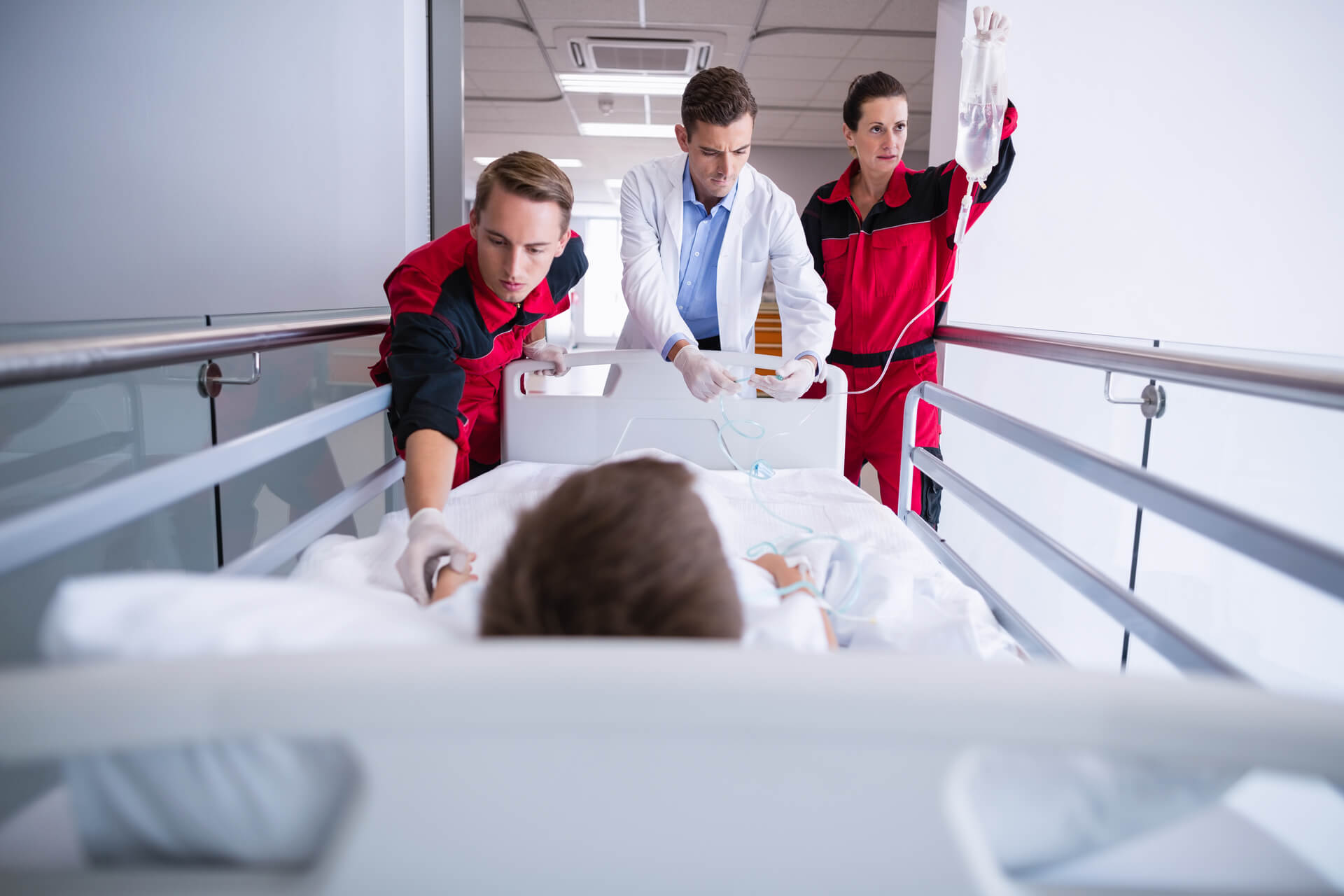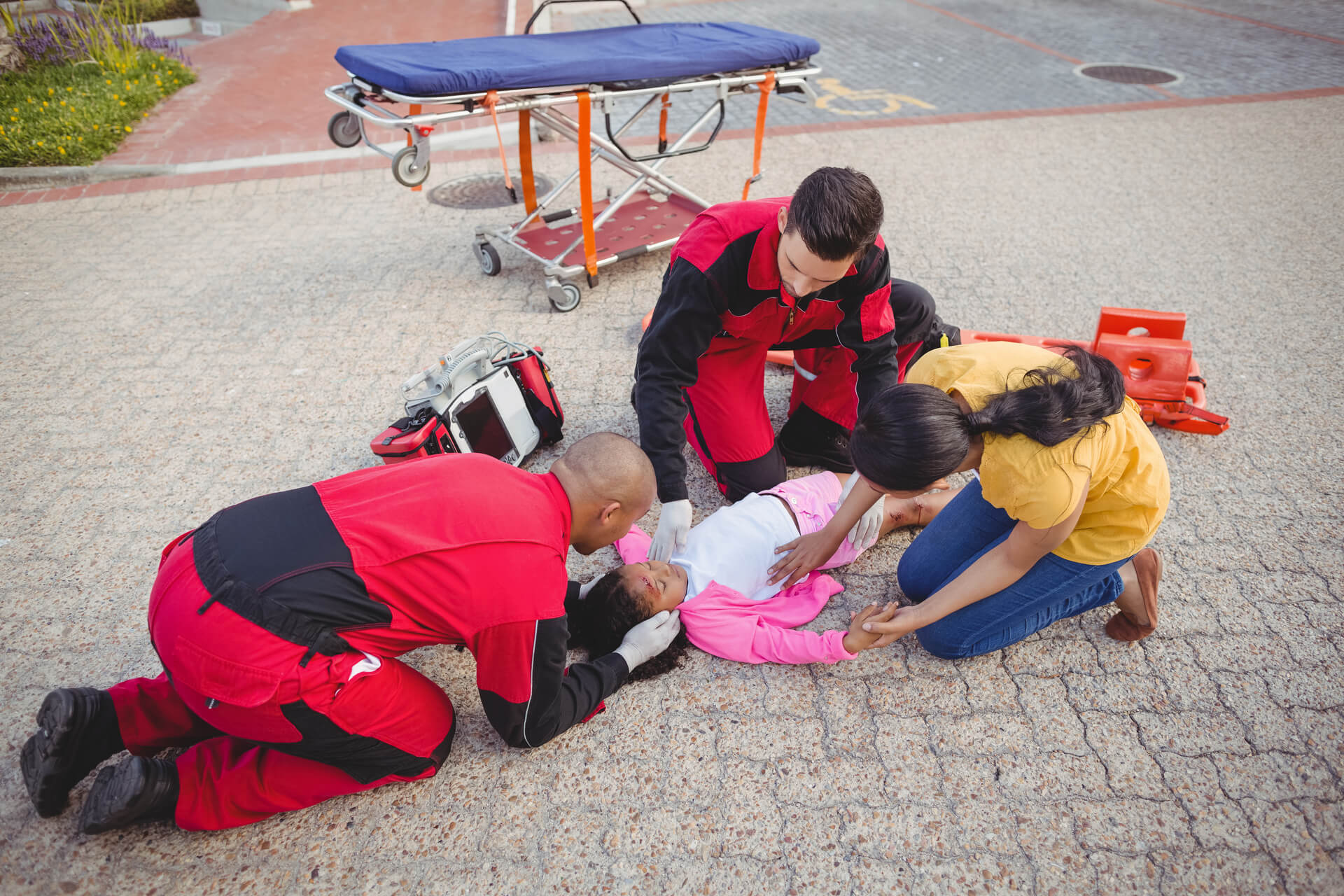Understanding the difference between life-threatening emergencies and urgent medical needs helps patients receive appropriate care quickly. Emergency rooms handle critical conditions requiring immediate intervention, while urgent care centers treat non-emergency issues that need prompt attention.
Identifying Life-Threatening Conditions
Life-threatening conditions require immediate medical attention at an emergency department. These situations involve vital organ systems or pose immediate danger to life.
Cardiovascular emergencies include chest pain, heart attack symptoms, and severe high blood pressure. Patients experiencing crushing chest pain, shortness of breath, or pain radiating to the arm or jaw need emergency care.
Neurological emergencies encompass stroke symptoms, severe head injuries, and loss of consciousness. Signs like sudden weakness, speech difficulties, severe confusion, or seizures require emergency room visits.
Respiratory crises involve difficulty breathing, choking, or severe asthma attacks. When patients cannot speak in full sentences due to breathing problems, emergency care is essential.
Severe trauma from accidents, falls, or violence needs emergency department evaluation. This includes suspected fractures, deep wounds, or injuries involving the head, neck, or spine.
Common Scenarios for Emergency Room Visits
Emergency rooms handle conditions requiring specialized equipment, intensive monitoring, or potential surgery. These facilities operate 24/7 with comprehensive diagnostic capabilities.
Severe pain that is sudden, intense, or accompanied by other symptoms warrants emergency evaluation. This includes severe abdominal pain, sudden severe headaches, or chest pain.
Signs of serious infection like high fever with confusion, severe dehydration, or symptoms of sepsis require immediate attention. Patients with compromised immune systems should seek emergency care for fever.
Mental health crises involving thoughts of self-harm, suicide, or harm to others need emergency intervention. Emergency departments can provide immediate psychiatric evaluation and crisis intervention.
Medication overdoses or poisoning require emergency room treatment regardless of the substance involved.
Typical Cases for Urgent Care Visits
Urgent care centers treat non-life-threatening conditions that need medical attention within 24 to 48 hours. These facilities offer convenient access for conditions that cannot wait for a primary care appointment.
Minor injuries like small cuts, sprains, minor burns, or suspected minor fractures fit urgent care capabilities. These centers can perform basic X-rays and provide wound care.
Common illnesses including sore throats, ear infections, upper respiratory infections, and urinary tract infections receive appropriate treatment at urgent care facilities.
Skin conditions such as rashes, minor allergic reactions, or skin infections can be evaluated and treated without emergency room resources.
Follow-up care for chronic conditions, prescription refills for stable medications, or routine procedures like removing stitches suit urgent care settings.



